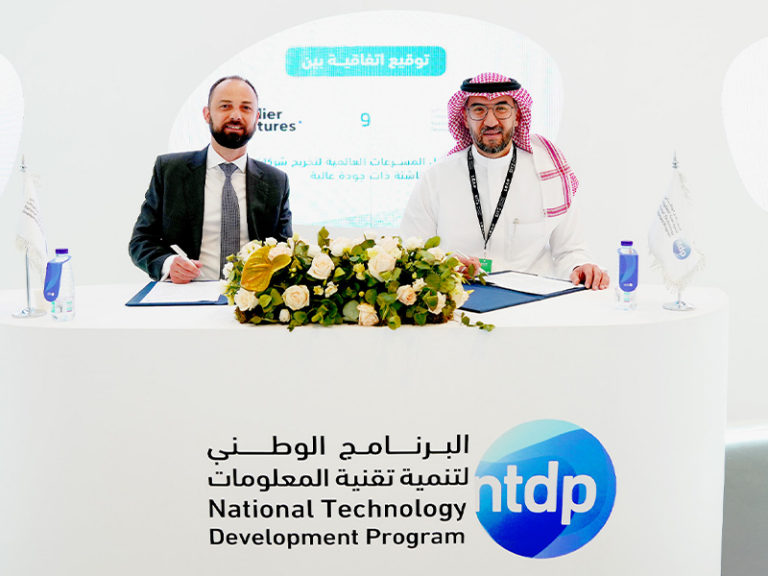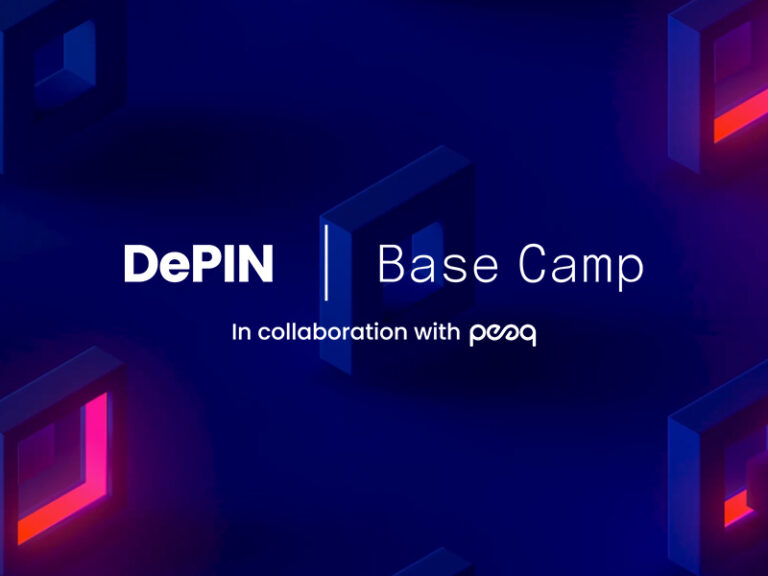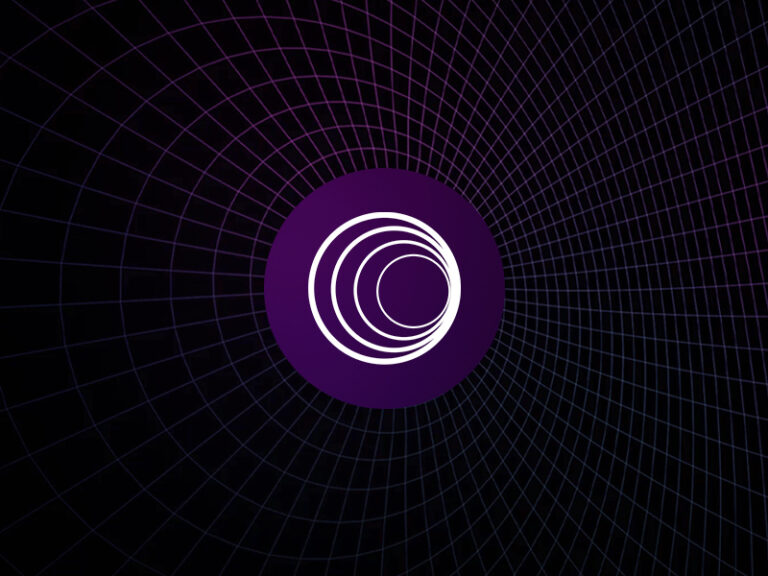- All
- Artificial Intelligence and Data
- Blockchain Infrastructure
- Case Studies
- Cohort Announcements
- Community
- DAO
- DCommerce
- DeFi and Governance
- Digital Fashion
- Founder Foundations
- Fundraising
- Gaming
- Identity and Privacy
- Infrastructure
- Investing
- Legal
- Metaverse, VR and AR
- NFT’s and Tokens
- Research
- Uncategorized
The Importance of Market Segmentation in Web3 Marketing The expression, “If something is for everybody, then it’s for nobody” is …
What makes a Web3 expert? Is it decades of experience in the industry? Is it a thorough knowledge of financial …
Outlier Ventures and NTDP’s first Web3 accelerator program underscores the combined dedication to fostering technological advancement in Saudi Arabia and supporting founders.
A Practical Guide to Better User Experience Introduction Although blockchain technology has been around for a while and the market …
Outlier Ventures announced the launch of the DePIN base Camp accelerator program in collaboration with peaq, the layer-1 blockchain for real-world applications
Our Head of Investment and Cryptoeconomics discusses why he loves working with founders.
Today Outlier Ventures together with Plassa Capital, an early-stage investment firm across the global crypto ecosystem and, IOV Labs, core …
Outlier Ventures and Wormhole Foundation are pleased to announce the selected teams taking part in the Wormhole Base Camp accelerator …
Outlier Ventures and Futureverse are pleased to announcee the first cohort of the Futureverse Base Camp accelerator program today. The …

Web3 Sauce: How to Make Your Product Irresistible
The Importance of Market Segmentation in Web3 Marketing The expression, “If something is for everybody, then it’s for nobody” is practically gospel in the world

Building at the intersection of arts, culture, and technology with Katie Lundie
What makes a Web3 expert? Is it decades of experience in the industry? Is it a thorough knowledge of financial markets? What about a deep
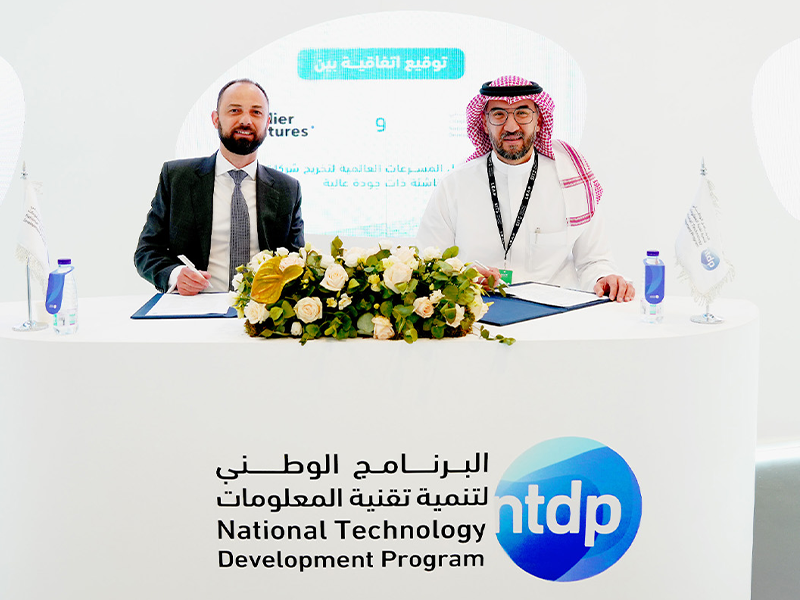
Outlier Ventures and The National Technology Development Program launch Web3 Accelerator Partnership
The program’s focus is to drive growth of the startup ecosystem in Saudi Arabia
Outlier Ventures and NTDP’s first Web3 accelerator program underscores the combined dedication to fostering technological advancement in Saudi Arabia and supporting founders.

Account Abstraction: From Chaos to Clarity
A Practical Guide to Better User Experience Introduction Although blockchain technology has been around for a while and the market has grown dramatically over the
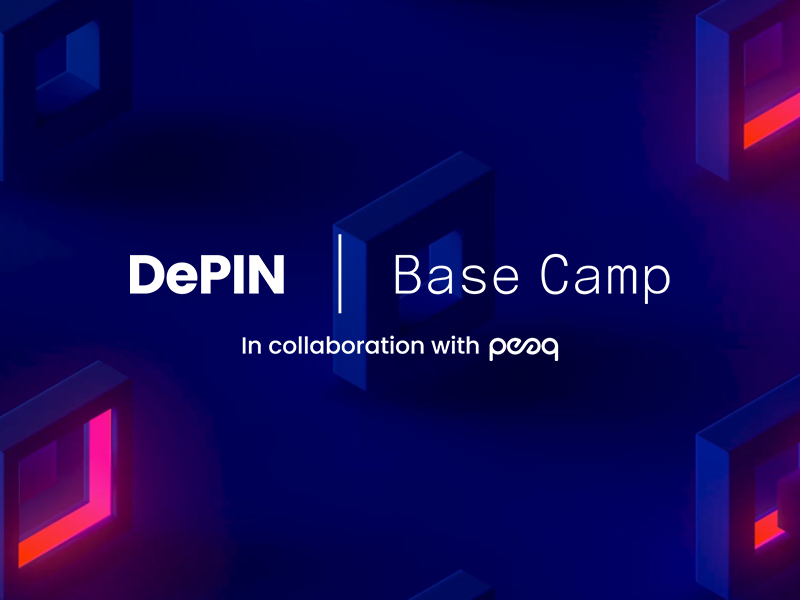
Outlier Ventures collaborates with peaq to launch the DePIN base camp accelerator & Introducing our DePIN Thesis
Outlier Ventures announced the launch of the DePIN base Camp accelerator program in collaboration with peaq, the layer-1 blockchain for real-world applications

Building Billion Dollar Token Networks with Dimi Chatziagnoustou
Our Head of Investment and Cryptoeconomics discusses why he loves working with founders.

Outlier Ventures Reveals the Nine Teams in the Bitcoin Base Camp Cohort with Plassa Capital and IOV Labs
Today Outlier Ventures together with Plassa Capital, an early-stage investment firm across the global crypto ecosystem and, IOV Labs, core contributors to Rootstock, are pleased
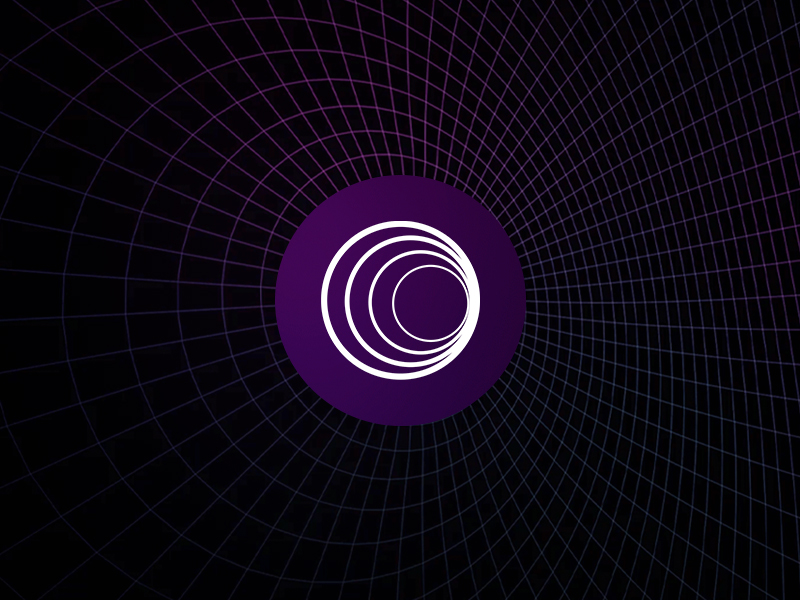
Outlier Ventures launches the Wormhole Base Camp Cohort with Wormhole Foundation and Borderless Capital
Outlier Ventures and Wormhole Foundation are pleased to announce the selected teams taking part in the Wormhole Base Camp accelerator program. The teams will receive

Outlier Ventures and Futureverse announce the first cohort for the Futureverse Base Camp Accelerator Program
Outlier Ventures and Futureverse are pleased to announcee the first cohort of the Futureverse Base Camp accelerator program today. The selected teams have ben chosen


